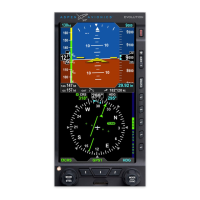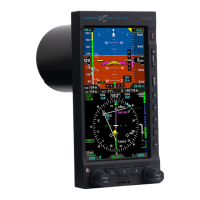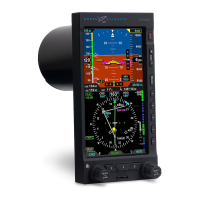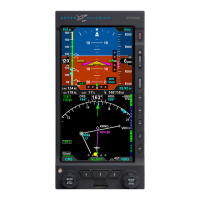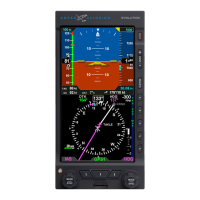What causes “ERRONEOUS CALIBRATION VALUES” message during RSM Cal on Aspen Avionics?
- GGrace GonzalesSep 12, 2025
The “ERRONEOUS CALIBRATION VALUES” message during RSM Calibration on Aspen Avionics Display may appear due to: * **RSM tilt:** The RSM is tilted more than allowed. * **Poor calibration:** Re-run the RSM calibration with constant rate turns on flat ground. * **Environmental interference:** The RSM was calibrated too close to buildings or ferrous objects. Re-run the calibration away from such objects. * **Improper hardware:** Ferrous hardware was used to mount the RSM. Use only non-ferrous screws, nuts, and washers. * **Magnetic interference:** Check for magnetized areas on the airframe close to the RSM. Verify no ferrous hardware is near the RSM. Degauss any magnetized areas.
